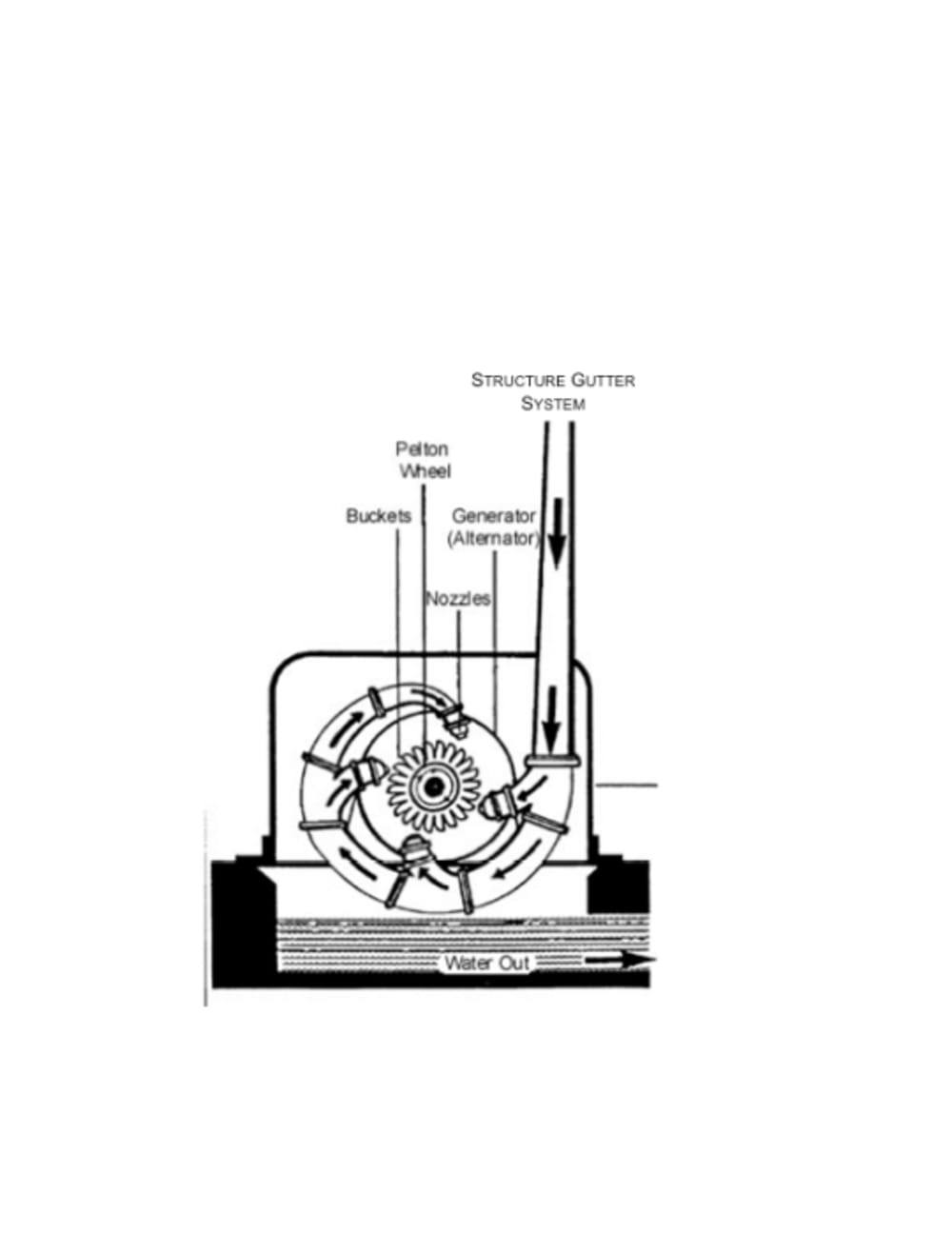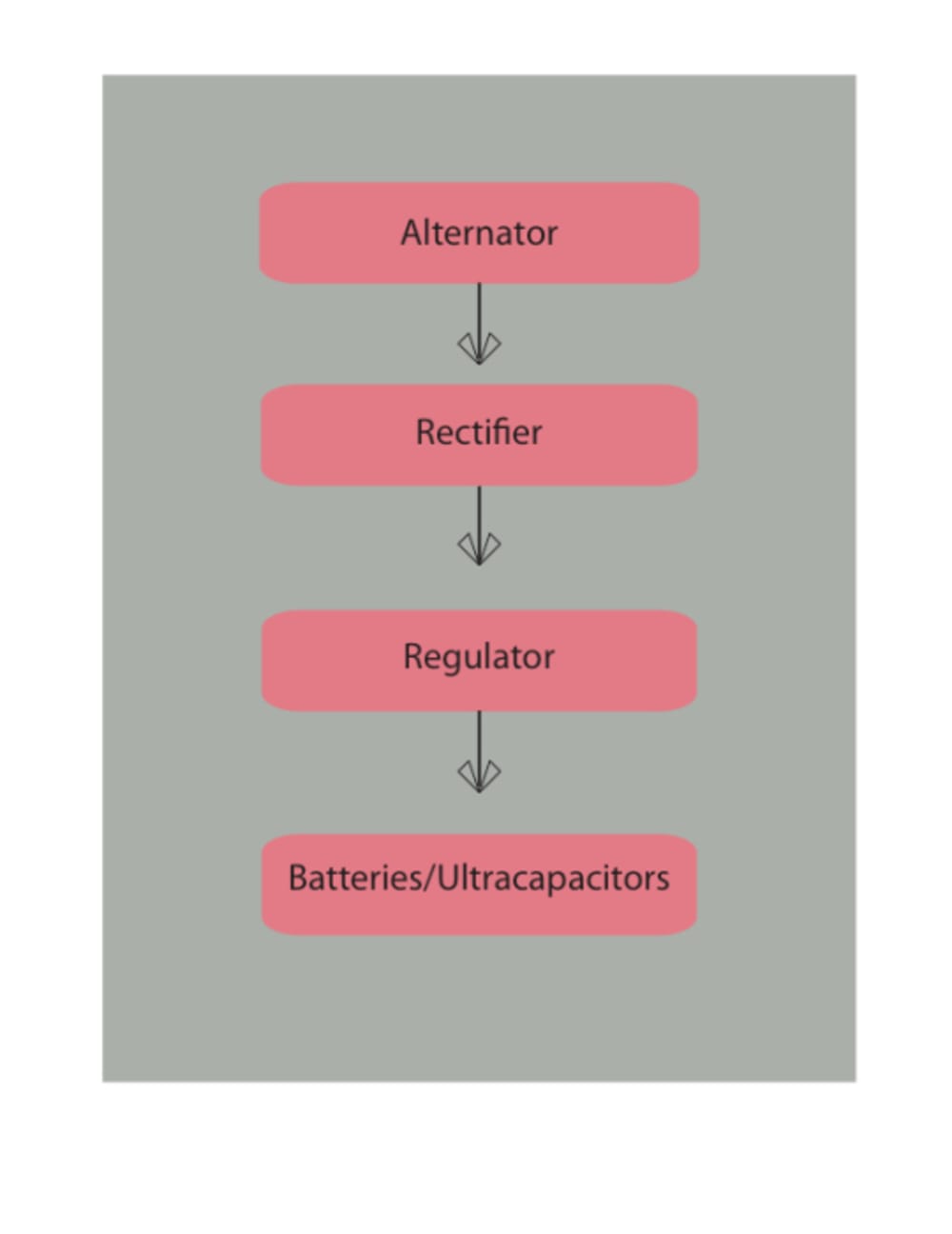
The inhabitants of the earth will continue to experience a declining availability of fossil fuels. As consumption of these fossil fuels contribute to global warming through emissions of CO2 there is a rising demand for “cleaner” energy. Advancements have been made towards cleaner energy through the harnessing of solar and wind energy. However, one potential source of energy has been nearly untapped and un-researched. This potential energy source is rain.
For centuries, energy from water has been harnessed and used by man. Chinese blacksmiths harnessed waters kinetic energy to pound the metal that required forming. Others used the waters current to propel machinery. More recently, water wheels have been used in rivers, and dams have been created for the implementation of hydroelectric energy. All of these inventions share a similar method of capturing and converting the kinetic energy inherent in the waters current. There is another way to harness energy from water that has not been developed. During the heat of the day, moisture condensed during the night evaporates into the sky, forming clouds. These droplets of water suspended in air eventually fall, the phenomena we know as rain. Due to its height from the ground, the water has high potential energy. My device will harness that energy.
My invention required the solution to two key developmental issues: how to capture the energy source with minimal losses and how to effectively harness and store the energy. The rain gutter system on most structures allows an effective capture of the energy source. The rain hits the roof of the house, and eventually flows down the gutter system to the top of the gutter downspout. I’ve developed a means to convert the potential energy of rain into mechanical, then electrical energy. The device captures the potential energy of the rain as it falls to the bottom of the downspout. At the bottom, the water is funneled into a nozzle that redirects the flow into the cup of a small Pelton wheel (4-inch diameter), and then discharges out the bottom of the device. The spinning Pelton wheel is connected to a small alternating current (AC) generator. The output of the generator is then rectified and regulated, and finally stored with a battery and ultra-capacitor combination. The stored energy can then be used as a charging system for small electronic devices such as cell phones, etc.
In areas of the country that experience heavy rainfall such as Alabama, Florida, or Washington, several of these devices could be installed on a structure and the stored energy could be channeled to an inverter. The system could then be used in a similar manner as many solar panel systems are used today.
What I imagine for our populations future is partial self-sustainability, akin to the Victory Gardens families planted during the World Wars. I believe this product would move us in the direction of sustainable energy. I believe that it could be one part of the entire solution to the world’s sustainable energy crisis.
-
Awards
-
 2010 Top 10 Most Popular
2010 Top 10 Most Popular
Like this entry?
-
About the Entrant
- Name:Alexander Raszeja
- Type of entry:individual
- Hardware used for this entry:breadboard, oscilloscope, meters, function generator
- Patent status:none





